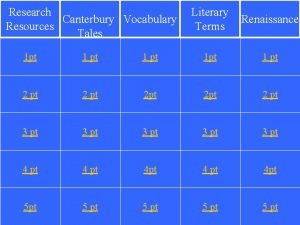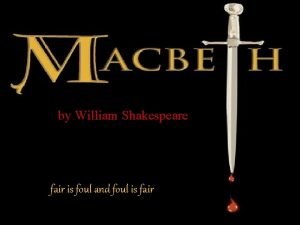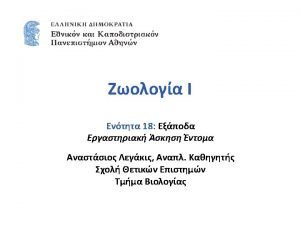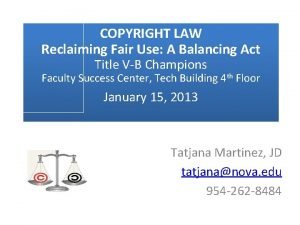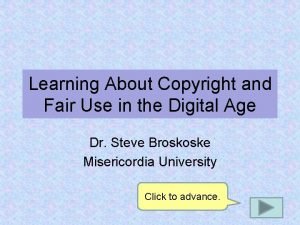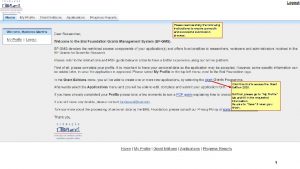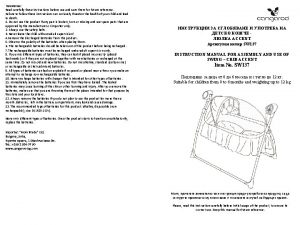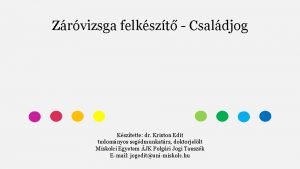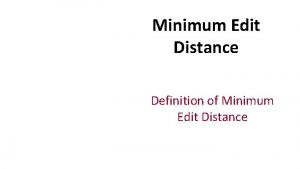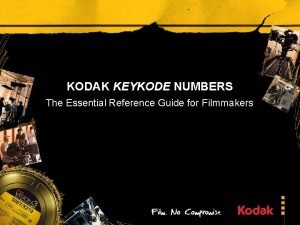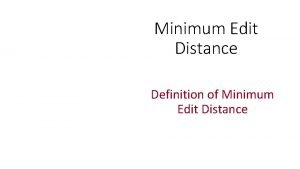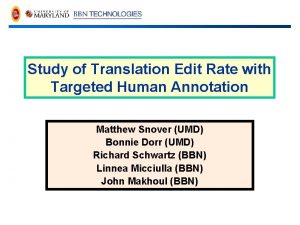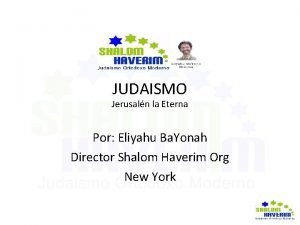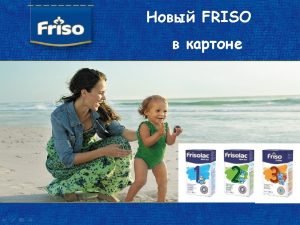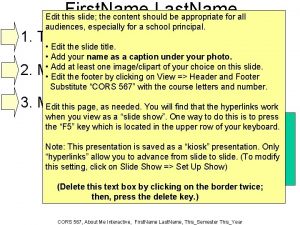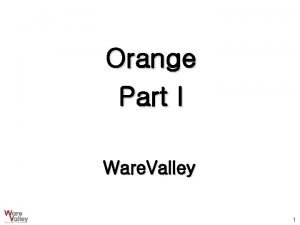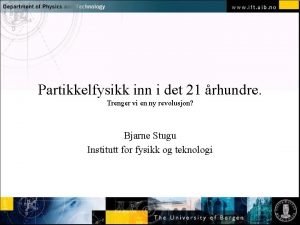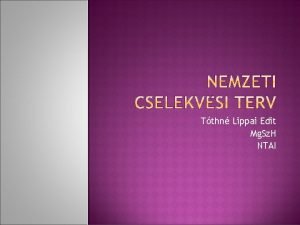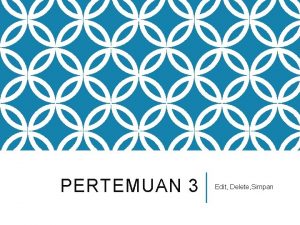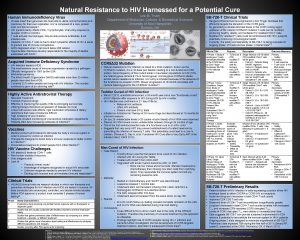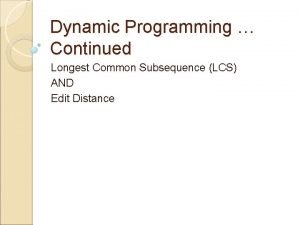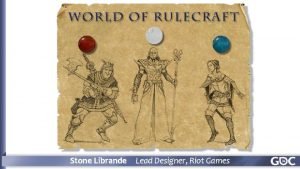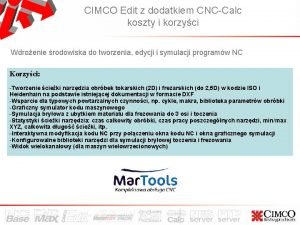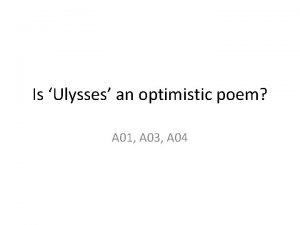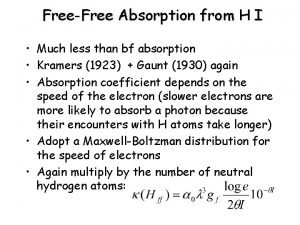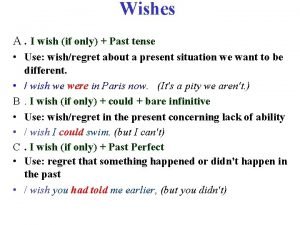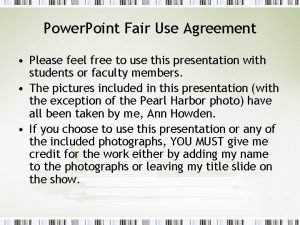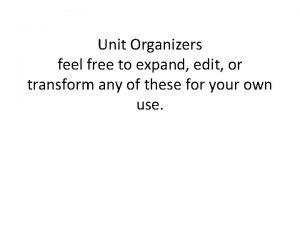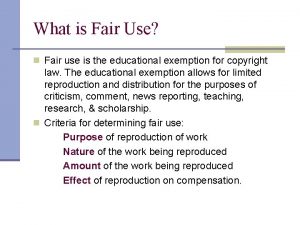FAIR USE STATEMENT Please feel free to edit































































































- Slides: 95

FAIR USE STATEMENT: Please feel free to edit and use this presentation in your classroom. Please do not remove the credit line on the title page or republish the file in whole or in part as your own. Please do not distribute the file to individuals or at conferences or workshops. I am more than willing to share the presentation with anyone that contacts me at rhondaa@cox-internet. com. The images used in the presentation are not original and therefore the presentation is distributed freely and only for classroom instruction. Read the “read me file” on the disk if you have trouble viewing the animated GIFs or Movies. Rhonda Alexander 1

Click the test tube to check answer. Click the flask to return to the next questions. Click to begin Rhonda Alexander 2002 Robert E. Lee High School, Tyler, TX 2

potassium chromate is added to silver nitrate 3

sodium azide (Na. N 3) decomposes 4

a sodium bicarbonate tablet is dropped in a solution of dilute hydrochloric acid Sodium bicarbonate is one of the main ingredients in Alka-Seltzer 5

a piece of aluminum foil is placed in beaker of containing liquid bromine 6

ammonia vapors and hydrogen chloride gas come in contact 7

ammonium dichromate is ignited 8

chlorine gas is bubbled into a solution of potassium bromide 9

a sample of hydrogen gas is ignited 10

a solution of sodium sulfide and cadmium nitrate are mixed 11

calcium metal is placed in a beaker of water 12

calcium carbide is added to water 13

solutions of copper (II) nitrate and sodium carbonate are added to a test tube 14

a piece of copper is added to a solution of nitric acid 15

electrolysis of water 16

catalytic decomposition of hydrogen peroxide 17

Boron trifluoride and ammonia gas are mixed 18

mercury (II) oxide is heated 19

an iron nail is placed in a beaker containing copper (II) sulfate 20

a solution of ferric nitrate is poured into a beaker containing a solution of sodium hydroxide 21

iron is placed in a beaker containing oxygen The iron must be hot and have a high surface area for the reaction to occur this quickly. 22

nitrogen dioxide and water react 23

a solution of lead nitrate is dropped into a test tube containing a solution of potassium iodide 24

lightning strikes and oxygen becomes ozone 25

solutions of barium nitrate and sodium sulfate are mixed 26

calcium carbonate chips are placed in a beaker of hydrochloric acid * Limestone is made primarily of calcium carbonate. This is a standard geological test for limestone. Any acid reacts in with calcium carbonate in the same way. 27

pieces of magnesium are placed in a test tube of hydrochloric acid 28

magnesium ribbon is burned 29

a solution of sodium iodide is added to a solution of mercury (II) chloride 30

a solution of magnesium hydroxide is added to a solution of hydrochloric acid 31

phosphorous is placed in a container of oxygen 32

sulfur dioxide is placed in a flask of water 33

solutions of sodium hydroxide and acetic acid react 34

potassium is placed in a beaker containing liquid bromine 35

a piece of potassium is placed in water 36

calcium oxide is placed in water H 2 O 37

zinc and iodine are placed in an evaporation dish 38

solutions of nickel nitrate and sodium hydroxide are mixed 39

a solution of silver nitrate is added to a test tube containing a solution of sodium chloride 40

sodium is added to a flask containing chlorine gas 41

solutions of sodium iodide and lead (II) nitrate are mixed 42

ferric oxide reacts with aluminum 43

a solution of potassium permanganate reacts with a solution of iron (II) nitrate 44

45

Cu Li Na Sr 46

47

48

49

Which of the following compound of silver is soluble? What is the color of the solution? Note the color of each precipitant. Ag. NO 3, Ag. Cl, Ag. OH 50

Which of the following sulfide is soluble? What is the color of the solution? Note the color of each precipitant. (NH 4)2 S, Cd. S, Sb 2 S 3, Pb. S 51

Which of the following hydroxide is soluble? What is the color of the solution? Note the color of each precipitant. Na. OH, Ca(OH)2, Fe(OH)3, Ni(OH)2 52

53

Ag+ + Cr 2 O 72 - Ag 2 Cr 2 O 7 54

2 Na. N 3 2 Na + 3 N 2 55

Na. HCO 3 + H+ Na+ + H 2 O + CO 2 56

2 Al + 3 Br 2 2 Al. Br 3 57

NH 3+ HCl NH 4 Cl 58

(NH 4)2 Cr 2 O 7 Cr 2 O 3 + N 2+ 4 H 2 O 59

2 Br- + Cl 2 2 Cl- + Br 2 60

2 H 2 + O 2 2 H 2 O 61

S-2 + Cd+ 2 Cd. S 62

Ca + 2 H 2 O Ca(OH)2 + H 2 63

Ca. C 2 + 2 H 2 O C 2 H 2 + Ca(OH)2 ADDING CALCIUM CARBIDE TO WATER C 2 H 2 BURNING 64

Cu+2 + CO 3 -2 Cu. CO 3 * copper (II) carbonate is the green pigment in malachite. Occurs in Egyptian tomb paintings since the fourth dynasty, in European paintings it seems to have been of importance mainly in the 15 th and 16 th centuries. The solution of sodium carbonate is being added to the solution of copper (II) sulfate Gaseous carbon dioxide is being formed Resulting copper (II) carbonate is being filtered off 65

Cu + 4 H+ +2 NO 3 - 2 NO 2 +2 H 2 O + Cu 2+ 66

2 H 2 O 2 H 2 + O 2 67

2 H 2 O 2 2 H 2 O + O 2 68

BF 3 + NH 3 BF 3 NH 3 69

2 Hg. O 2 Hg + O 2 70

Fe + Cu 2+ Fe 2+ + Cu 71

Fe+3 + 3 OH- Fe(OH)3 72

4 Fe + 3 O 2 2 Fe 2 O 3 Fe in liquid oxygen 73

2 NO 2 + H 2 O 2 HNO 3 or 2 NO 2 + H 2 O H+ + NO 3 - + HNO 3 74

Pb+2 + 2 I- Pb. I 2 75

O + O 2 O 3 76

Ba 2+ + SO 42 - Ba. SO 4 77

Ca. CO 3 + 2 H+ H 2 O + CO 2 + Ca 2+ 78

Mg + 2 H+ Mg 2+ + H 2 79

2 Mg + O 2 2 Mg. O 80

2 I- + Hg 2+ Hg. I 2 81

OH- + H+ H 2 O 82

4 P + 5 O 2 P 4 O 10 83

SO 2 + H 2 O H 2 SO 3 84

OH- + CH 3 COOH CH 3 COO- + H 2 O 85

K + Br 2 2 KBr 86

2 K + 2 H 2 O 2 KOH + H 2 87

Ca. O + H 2 O Ca(OH)2 88

Zn + I 2 Zn. I 2 89

Ni 2+ + 2 OH- Ni(OH)2 90

Ag+ + Cl- Ag. Cl 91

2 Na + Cl 2 2 Na. Cl 92

2 I- + Pb 2+ Pb. I 2 93

Fe 2 O 3 + 3 Al Al 2 O 3 + 2 Fe 94

5 Fe 2+ Mn. O 4 - + 8 H+ 5 Fe 3+ Mn 2+ + 4 H 2 O 95
 Please feel free to modify
Please feel free to modify Please feel free to use it
Please feel free to use it Hard edit vs soft edit
Hard edit vs soft edit If you have any questions please feel free to interrupt me
If you have any questions please feel free to interrupt me Feel free to call
Feel free to call Ject root
Ject root Sonnet with 14 lines
Sonnet with 14 lines Foul is fair and fair is foul literary device
Foul is fair and fair is foul literary device Rhetorical devices in macbeth
Rhetorical devices in macbeth Who says fair is foul and foul is fair
Who says fair is foul and foul is fair Syntax literary devices
Syntax literary devices Play significa
Play significa Examples of fair is foul and foul is fair in macbeth
Examples of fair is foul and foul is fair in macbeth Will you please be quiet please raymond carver
Will you please be quiet please raymond carver Who sang i feel free
Who sang i feel free Training feel free
Training feel free Is free trade fair? discuss
Is free trade fair? discuss Is free trade fair? discuss
Is free trade fair? discuss New trade theory
New trade theory Fair trade not free trade
Fair trade not free trade Fair use definition
Fair use definition Fair use
Fair use Fair use definition
Fair use definition Fair use google images
Fair use google images 4 factors of fair use
4 factors of fair use 4 factors of fair use
4 factors of fair use 4 factors of fair use
4 factors of fair use Fair use in documentary
Fair use in documentary Common sense education fair and square
Common sense education fair and square Copyright basics for teachers
Copyright basics for teachers Welcome conference
Welcome conference Four factors of fair use
Four factors of fair use Fair use
Fair use Fair use plagiarism
Fair use plagiarism Music copyright fair use
Music copyright fair use Please read instructions carefully before use
Please read instructions carefully before use Please read instructions carefully before use
Please read instructions carefully before use Pink dress
Pink dress Please remove before use
Please remove before use Take a point o on your notebook
Take a point o on your notebook Please read instructions carefully before use
Please read instructions carefully before use Kriston edit
Kriston edit Kronos historical edit
Kronos historical edit Quick edit+
Quick edit+ Peer editing
Peer editing Needleman wunsch
Needleman wunsch Edit decision list
Edit decision list Everyday edit lemony snicket
Everyday edit lemony snicket Bioedit sequence alignment editor download
Bioedit sequence alignment editor download Lc-3 multiplication
Lc-3 multiplication Frivaldszky edit
Frivaldszky edit Minimum edit distance backtrace
Minimum edit distance backtrace Https://forms.gle/dkgopg7wsoqzxfjw7
Https://forms.gle/dkgopg7wsoqzxfjw7 Yang merupakan modus edit, kecuali
Yang merupakan modus edit, kecuali Daily oral language
Daily oral language Attatc
Attatc Gene edit
Gene edit How to edit and publish a video with maker
How to edit and publish a video with maker Click to edit master title style
Click to edit master title style What is news package
What is news package Translation edit rate
Translation edit rate Cimco edit cena
Cimco edit cena Edit
Edit Informaatika mitteinformaatikutele
Informaatika mitteinformaatikutele Title style
Title style Name edit
Name edit Edit
Edit 오렌지 프로시저 디버깅
오렌지 프로시저 디버깅 Hva betyr edit
Hva betyr edit Ferik edit
Ferik edit Lippai edit
Lippai edit Menu edit adalah
Menu edit adalah Sb-728-t
Sb-728-t Jeopardy edit
Jeopardy edit How to edit logs on qualcomm
How to edit logs on qualcomm Longest common subset
Longest common subset Invitations with polling
Invitations with polling Click to edit master title style
Click to edit master title style Cimco program
Cimco program Gibbs free energy vs standard free energy
Gibbs free energy vs standard free energy Negative free energy change
Negative free energy change Gobbs free energy
Gobbs free energy Allocating kernel memory in os
Allocating kernel memory in os Helmholtz free energy and gibbs free energy
Helmholtz free energy and gibbs free energy Free hearts free foreheads you and i are
Free hearts free foreheads you and i are Summary of the story of an hour
Summary of the story of an hour Free free absorption
Free free absorption How you use ict today and how you will use it tomorrow
How you use ict today and how you will use it tomorrow Rationale of the problem
Rationale of the problem What is present affirmative
What is present affirmative Statement lets us choose the statement to be executed next.
Statement lets us choose the statement to be executed next. According to postema what habit is often common in umpires
According to postema what habit is often common in umpires I wish in the past
I wish in the past Why should i be discouraged
Why should i be discouraged When i feel angry social story
When i feel angry social story Hidden objection
Hidden objection







